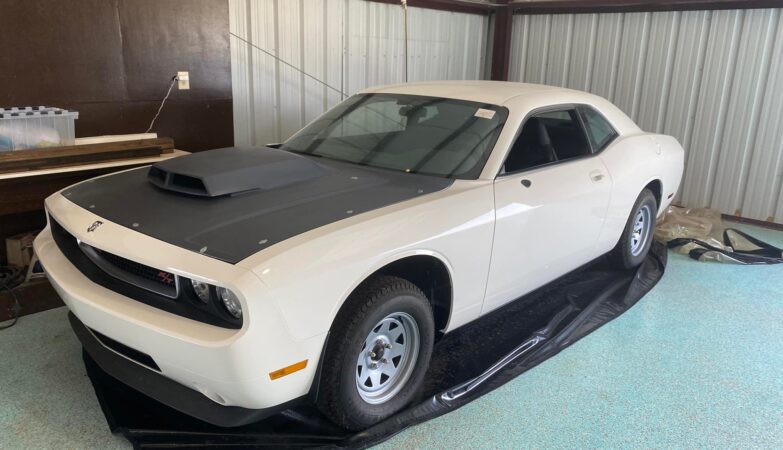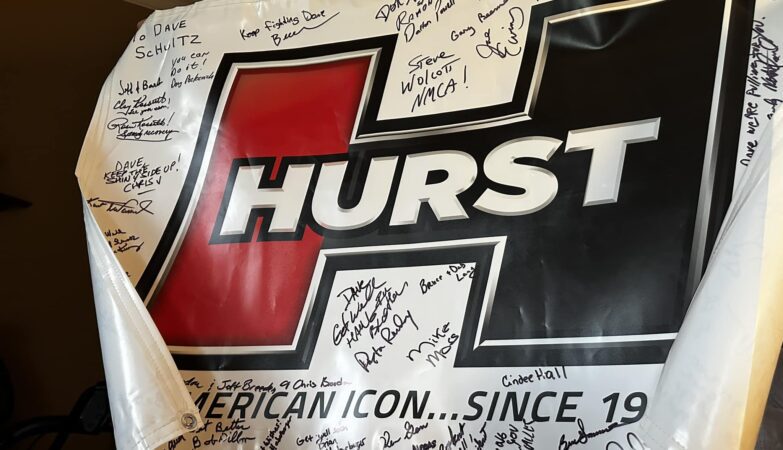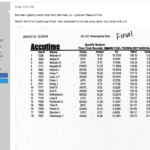|
The average life expectancy in the United States was forty-seven. | |
|
Only 14 percent of the homes in the United States had a bathtub. | |
|
Only 8 percent of the homes had a telephone. A three-minute call from Denver to New York City cost eleven dollars. | |
|
There were only 8,000 cars in the US and only 144 miles of paved roads. The maximum speed limit in most cities was ten mph. | |
|
Alabama, Mississippi, Iowa, and Tennessee were each more heavily populated than California. With a mere 1.4 million residents, California was only the twenty-first most populous state in the Union. | |
|
The tallest structure in the world was the Eiffel Towel. | |
|
The average wage in the US was twenty-two cents an hour. The average US worker made between $200 and $400 per year. | |
|
A competent accountant could expect to earn $2000 per year, a dentist $2500 per year, a veterinarian between $1500 and $4000 per year, and a mechanical engineer about $5000 per year. | |
|
More than 95 percent of all births in the United States took place at home. | |
|
Ninety percent of all US physicians had no college education. Instead, they attended medical schools, many of which were condemned in the press and by the government as “substandard.” | |
|
Sugar cost four cents a pound. Eggs were fourteen cents a dozen. Coffee cost fifteen cents a pound. | |
|
Most women only washed their hair once a month and used borax or egg yolks for shampoo. | |
|
Canada passed a law prohibiting poor people from entering the country for any reason, either as travelers or immigrants. | |
|
The five leading causes of death in the US were: 1. Pneumonia and influenza, 2. Tuberculosis, 3. Diarrhea, 4. Heart disease, 5. Stroke. | |
|
The American flag had 45 stars. Arizona, Oklahoma, New Mexico, Hawaii and Alaska hadn’t been admitted to the Union yet. | |
|
Drive-by shootings–in which teenage boys galloped down the street on horses and started randomly shooting at houses, carriages, or anything else that caught their fancy–were an ongoing problem in Denver and other cities in the West. | |
|
The population of Las Vegas, Nevada was thirty. The remote desert community was inhabited by only a handful of ranchers and their families. | |
|
Plutonium, insulin, and antibiotics hadn’t been discovered yet. Scotch tape, crossword puzzles, canned beer, and iced tea hadn’t been invented. | |
|
There were no Mother’s Day or Father’s Day. | |
|
One in ten US adults couldn’t read or write. | |
|
Only 6 percent of all Americans had graduated from high school. | |
|
Some medical authorities warned that professional seamstresses were apt to become sexually aroused by the steady rhythm, hour after hour, of the sewing machine’s foot pedals. They recommended slipping bromide—which was thought to diminish sexual desire–into the women’s drinking water. | |
|
Marijuana, heroin, and morphine were all available over the counter at corner drugstores. According to one pharmacist, “Heroin clears the complexion, gives buoyancy to the mind, regulates the stomach and the bowels, and is, in fact, a perfect guardian of health.” Coca-Cola contained cocaine instead of caffeine. | |
|
Punch-card data processing had recently been developed, and early predecessors of the modern computer were used for the first time by the government to help compile the 1900 census. | |
|
Eighteen percent of households in the United States had at least one full-time servant or domestic. | |
|
There were about 230 reported murders in the US annually. |
The Maniacal Ravings of Dave Schultz
















